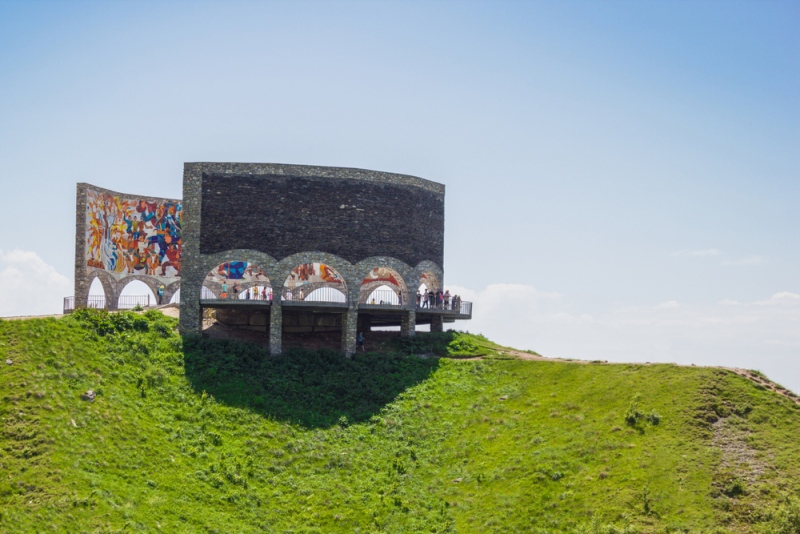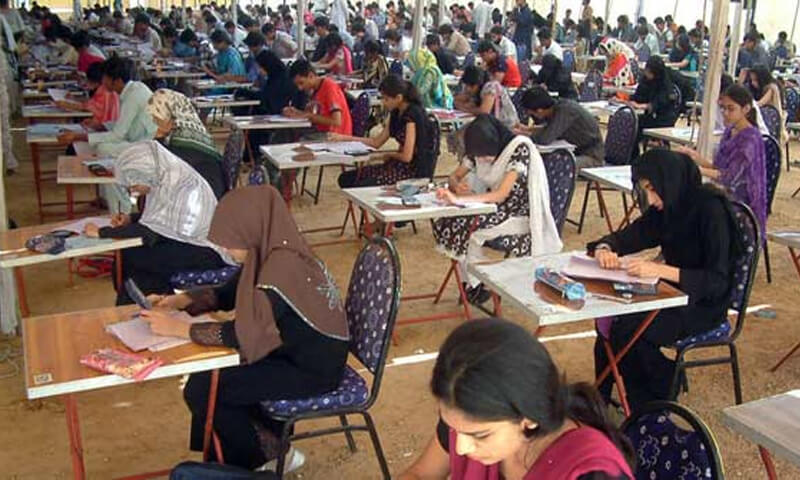Zurab Tsereteli is one of the least celebrated Great Artists of the modern age – it’s hard to say why. While his works have at times been controversial their impact is undeniable, and they’ve been gifted around the world, stoking what should be a titanic international reputation. He’s not merely an artist: his career reveals a keen appreciation of how art can build international bridges, even at times when official relations are strained. His “Break the Wall of Mistrust” was gifted to the City of London (and indeed is still on display on Cannon Street) only months before the Berlin Wall came down, and this helped to create informal but still powerful and persuasive links between an important European country and a USSR that was at once opening more to the Western world and beginning to fall back into its constituent parts.
His career began a long time ago, however: you can’t accrue such influence and insight overnight, and to occupy a position like Tsereteli’s you need to prove your credentials both as an artist and as someone who can fulfil a project. Vision alone isn’t enough if you can’t deliver results.
In the 1960s, the then Soviet government was engaged in a project to enrich the lives of citizens by injecting art into the everyday. They brought artists in to fulfil projects that would normally be the grey, mundane work of municipal architects, simply trying to achieve a functional result on a limited budget. Tsereteli worked on a series of bus stops or bus shelters in the Abkhazia region of his native Georgia. Here, the Black Sea is a constant feature of the landscape – even many miles distant its present on the horizon, and its from this that he drew his inspiration. His bus shelters were waveforms, fish or shells – familiar shapes, made strange with size, and dragged into the street to form part of people’s commute and travels.
The shelters are still standing today, and they can form a great focus for a trip to the area, providing either an insight into the career of an artist more people should be aware of, or simply some unique and fascinating photo opportunities to show your friends on your return.
It was the successful completion of this project that laid the foundations for Tsereteli’s future works – his gifts to other countries around the world, his role in redefining the character of Moscow, and perhaps his crowning achievement, his gift to America of his ‘Teardrop Memorial’ or “To the Struggle Against World Terrorism”, which helped to affirm the solidarity of Russian and American peoples in the wake of the 9/11 attacks which rocked the nation and the world.


























Leave a Reply